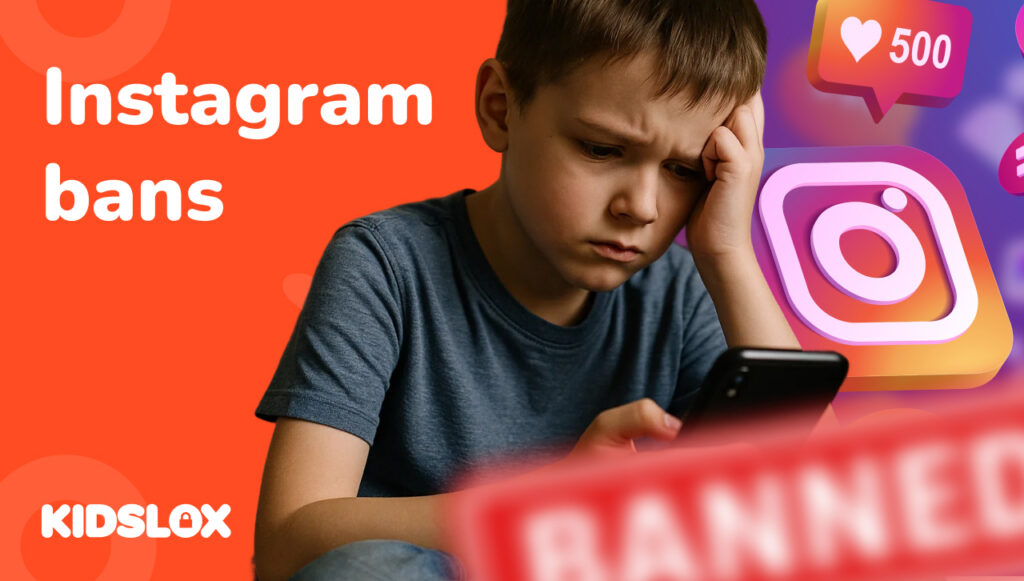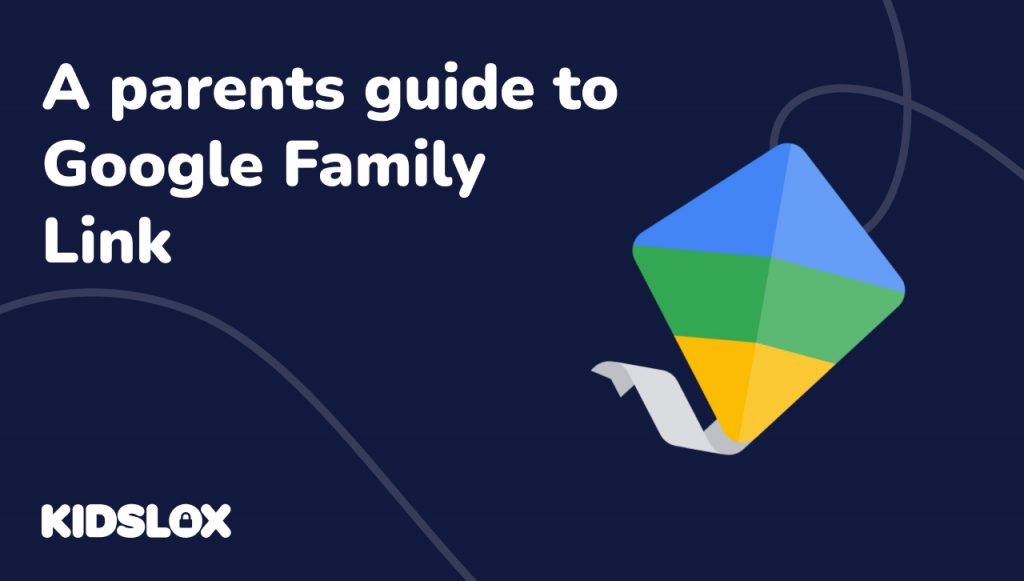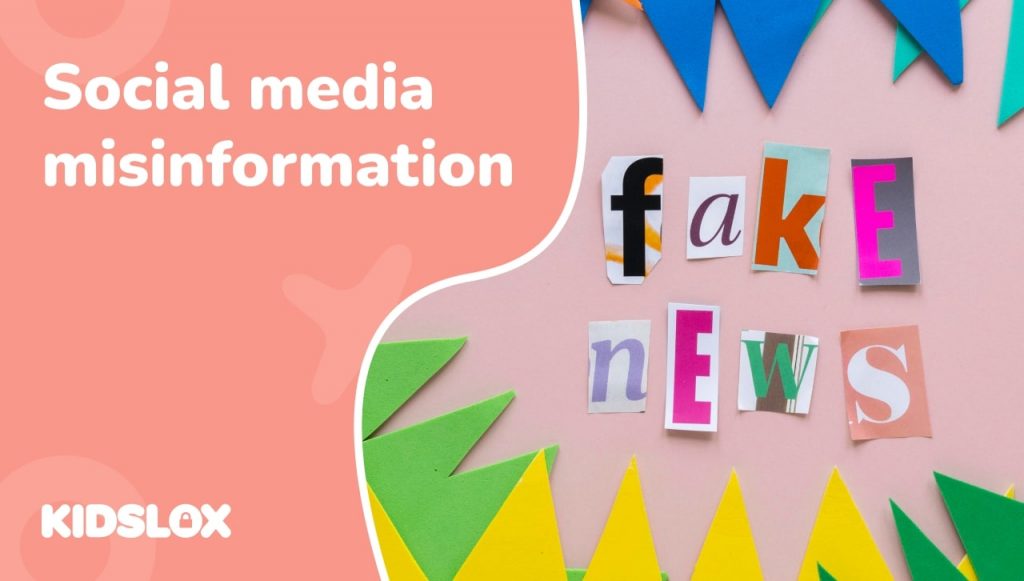A Parent’s Guide to Deactivations, Appeals, and Prevention
Social media is at the heart of many young people’s lives, and Instagram is one of the most popular platforms. Kids use it to connect with friends, share their creativity, and follow trends.
But recent reports highlight a surge in Instagram accounts being banned, often due to mistaken accusations linked to child safety violations. As a result, many personal and business users have unexpectedly lost access to their profiles (along with years of photos, conversations, and connections).
For a parent, this can be confusing and worrying. Why did it happen? Is it permanent? What can your child do about it? And most importantly, how can you guide them to use Instagram safely while minimizing risks?
This guide explains Instagram bans and deactivations in plain language, outlines what parents should know, and gives practical steps to support children when things go wrong.
1. What Does It Mean When Instagram “Bans” or “Deactivates” an Account?
Instagram can restrict accounts in several different ways. Understanding the type of action taken helps parents know whether the issue is temporary, fixable, or final.
- Temporary Deactivation: Sometimes an account is locked for a short time (often 24 hours) due to suspicious activity or minor policy violations. After the suspension ends, the account usually returns to normal.
- Permanent Disablement Ban: This is the most serious form of action. Instagram permanently removes access when it believes there have been repeated or severe violations. Once permanently banned, recovering the account is very difficult, even with an appeal.
- ‘Shadow Ban’: Unlike a permanent ban, a shadow ban does not remove access entirely. Instead, Instagram quietly limits an account’s visibility. Posts may no longer appear in hashtag searches, the Explore page, or followers’ feeds as often. Shadow bans are usually temporary but serve as a warning that Instagram detected behavior it doesn’t approve of (e.g., overuse of hashtags, spam-like activity, or borderline content).
- Device Ban: When Instagram restricts the device itself (phone or tablet), all accounts used on that device may be blocked.
- IP Ban: Instagram sometimes blocks access from a specific internet connection, preventing anyone on that network from logging in.
To kids, these all feel like the same thing: being locked out of their online life. As a parent, recognizing the type of ban can help you know what steps are realistic.
2. Why Instagram Accounts Get Deactivated or Banned
According to Instagram’s Community Guidelines, common reasons include:
- Posting inappropriate or harmful content (nudity, hate speech, harassment, self-harm promotion)
- Using copyrighted music, videos, or images without permission
- Spammy behavior (mass following/unfollowing, using bots, sending bulk messages)
- Impersonation or misrepresentation
- Using third-party “growth” apps that break Instagram’s rules
- Being under the minimum age (13 in most countries)
- Repeated violations after warnings
However, as some users are finding, sometimes, bans happen by mistake. This can occur when automated systems misinterpret a post or when false reports from other users trigger a suspension.
3. Signs an Account Has Been Restricted
If your child’s account is affected, you may notice:
- Error messages when logging in: “Your account has been disabled,” “You can’t log in from this device,” or “Suspended for 24 hours.”
- An email from Instagram explaining (sometimes vaguely) what happened.
- The profile disappearing from searches.
- The account still existing but with features disabled (liking, posting, commenting).
Before panicking, it’s useful to check whether the restriction is temporary, a device/IP issue, or a full ban.
4. How to Appeal a Ban or Deactivation
Instagram does allow appeals, though the process can be frustrating. Here’s how to help your child if this happens to them:
- Gather account details: Username, email, and phone linked to the account.
- Look for the appeal option: When logging in, there may be a “Request Review” or “Disagree with Decision” button.
- Use the Instagram Help Center: Fill out the “My account was disabled” form. Sometimes Instagram asks for ID verification (e.g., a photo of the user holding a government ID).
- Be clear and honest: Explain why you believe the ban was a mistake, or acknowledge if your child made an unintentional error and will avoid it in the future.
- Wait for a response: Replies may take days or weeks. In some cases, accounts aren’t restored — preparing your child for that possibility is important.
5. What to Do if You Believe Instagram Disabled the Account “For No Reason”
When your child insists they did nothing wrong, consider:
- False reports: A group of peers may have mass-reported the account.
- Algorithm errors: Automated moderation sometimes flags innocent content.
- Third-party apps: If your child used follower-boosting tools, Instagram may see this as spam.
- Account compromise: Hackers could have misused it without your child realizing.
These are valid grounds for appeal. Encourage your child to stay calm and focus on the process instead of dwelling on the unfairness.
6. How to Prevent Instagram Bans in the Future
Prevention is always better than recovery. Here are tips you can share with your child:
- Follow Instagram’s rules: Go through the Community Guidelines together.
- Avoid third-party apps: Tools that promise followers or likes usually break the rules.
- Think before posting: Is this photo respectful, appropriate, and legal?
- Protect the account: Use a strong password and enable two-factor authentication.
- Limit risky interactions: Don’t argue aggressively in comments or send spammy DMs.
- Keep content original: Don’t repost copyrighted videos or music clips without permission.
- Save important memories offline: Encourage your child to back up photos so they don’t lose everything if locked out.
7. Supporting Your Child Emotionally
For kids, losing an Instagram account can feel devastating, especially during the teens years when social media is such a central part of their daily lives and friendships. As a parent, your role isn’t just technical but being an emotional support system too!
Here’s how to help:
- Validate their feelings: “I know this feels unfair and upsetting.”
- Shift perspective: Remind them that their worth isn’t tied to social media.
- Offer alternatives: Suggest taking a short break from Instagram or focusing on offline activities.
- Model balance: Show them through your own habits that social media is a tool, not a lifeline.
If your child’s self-esteem or mental health seems heavily tied to Instagram or any social media platform, consider talking with a counselor or school support staff.
8. When to Seek Extra Help
If your child’s account remains banned despite appeals, or if online conflict (bullying, impersonation, harassment) is involved, you may need to:
- Contact Instagram through the official Help Center again.
- Report abuse or impersonation to school staff or, in serious cases, local authorities.
- Explore legal advice if the situation involves rights violations.
And if the experience triggers significant distress, don’t hesitate to seek mental health support.
10. Key Takeaways for Parents
- Instagram bans can be temporary (24 hours) or permanent, and may involve devices or networks.
- Kids may feel devastated when locked out, so empathy and calm guidance are crucial.
- Appeals are possible through the Instagram Help Center, but not always successful.
- Many bans happen due to mistakes, spammy apps, or misunderstandings — not just intentional rule-breaking.
- The best defense is prevention: secure accounts, respect the rules, and use social media responsibly.
- Encourage your child to see Instagram as part of life, not their whole identity.
Social media will always be a mix of opportunity and risk for young people. For kids, the impact is magnified,but with your guidance, they can learn resilience, digital responsibility, and perspective.





